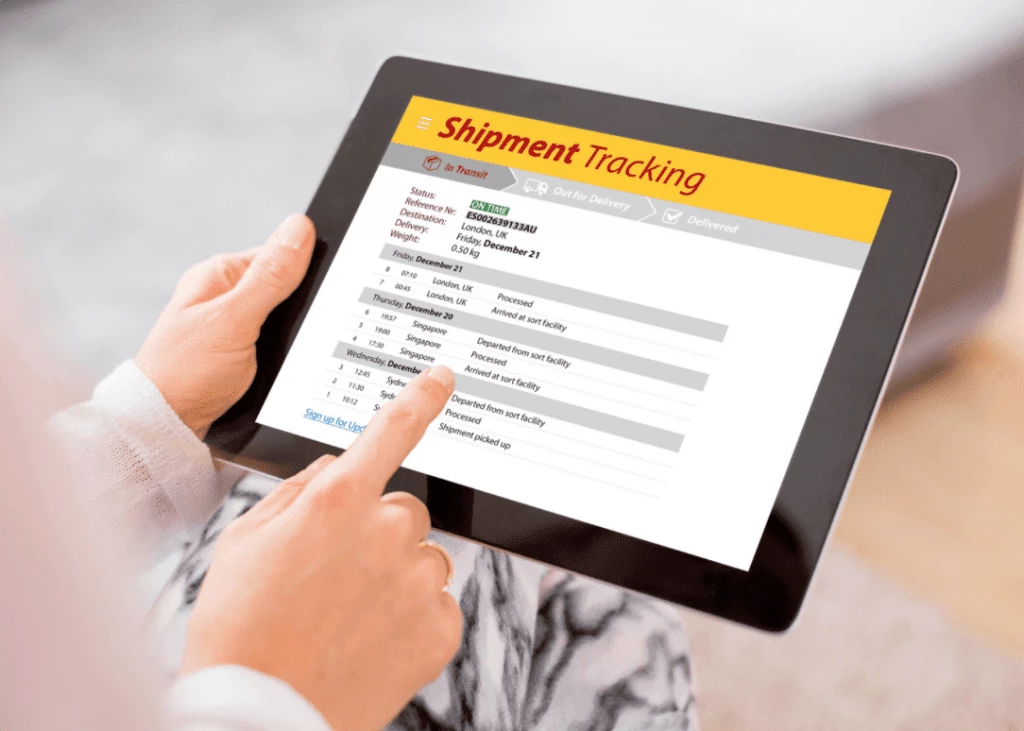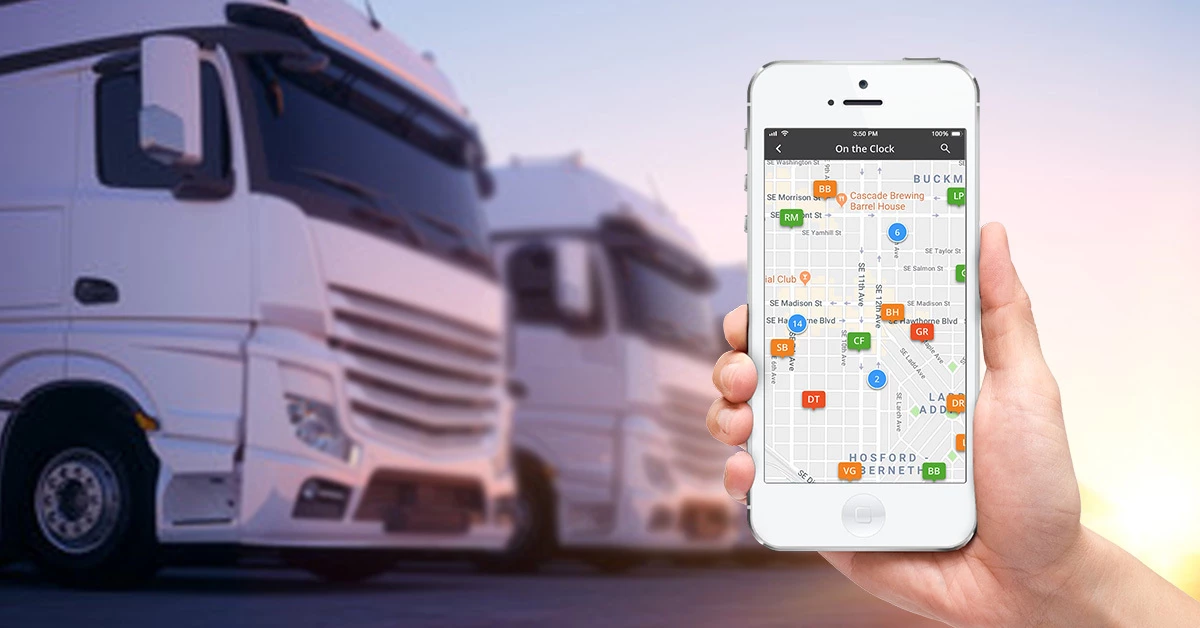What Are the Common Tracking Technologies Used for Freight?
What are the common tracking technologies used for freight? Tracking technologies enable efficient logistics management and provide real-time visibility of shipments. Here are tracking technologies used for freight, and how they contribute to streamlining the supply chain process.

In the world of logistics and transportation, tracking technologies play a crucial role in ensuring the smooth and efficient movement of goods.
Gone are the days when shipments were sent off with uncertainty, leaving both shippers and recipients in the dark about their location and status.
Today, advanced tracking technologies have revolutionized the freight industry, providing real-time visibility and valuable insights into the journey of each package.
READ ALSO!!!
- How Long Does UPS International Delivery Take?
- How Do I Track a UPS Surepost Package?
- Is UPS Tracking Free in the USA?
- Can I Track an International Package?
What Are the Common Tracking Technologies Used for Freight?
Here are some of the common tracking technologies used for freight tracking
1. GPS Tracking
GPS (Global Positioning System) tracking is one of the most prevalent technologies used in the freight industry. It utilizes a network of satellites to determine the precise location of a freight shipment.
By attaching a GPS device to a container or vehicle, freight companies can track their shipments throughout the entire transportation process.
GPS tracking offers several advantages. Firstly, it provides real-time location updates, allowing companies to monitor the progress of their shipments.
This information is crucial for planning and scheduling deliveries, ensuring on-time arrivals.
Additionally, GPS tracking helps prevent theft and loss by enabling immediate identification of unauthorized movements or deviations from designated routes.
2. RFID Technology
RFID (Radio Frequency Identification) technology is another widely used tracking solution in the freight industry.
It involves attaching small RFID tags to freight items or containers, which emit radio signals containing unique identification codes.
These tags can be scanned remotely, allowing for easy and efficient tracking of shipments. One significant advantage of RFID technology is its ability to track multiple items simultaneously.
By placing RFID readers at strategic locations, such as loading docks or warehouse entrances, freight companies can automatically register the movement of goods without the need for manual scanning.
This reduces labor costs and improves overall operational efficiency.
3. Barcode Tracking
Barcodes have been a staple of the tracking industry for decades, and they continue to be widely used in the freight sector.
Barcode tracking involves assigning unique barcodes to freight items or containers, which can be scanned using handheld or fixed barcode scanners.
The scanned information is then linked to a centralized database, providing real-time updates on shipment status.
Barcode tracking offers simplicity and cost-effectiveness. The technology is widely available and easy to implement, requiring minimal infrastructure investment.
Moreover, barcode scanners are portable and can be used in various environments, making them suitable for different stages of the supply chain process, from warehousing to transportation.
4. Telematics Systems
Telematics systems combine the power of GPS technology with data communication capabilities, enabling comprehensive tracking and monitoring of freight shipments.
These systems use onboard sensors and communication devices installed in vehicles or containers to collect and transmit data in real time.
By utilizing telematics systems, freight companies gain access to a wealth of information, including not only location data but also vehicle diagnostics, fuel consumption, and driver behavior.
This holistic view allows for better fleet management, optimization of routes, and improved operational efficiency.
Additionally, telematics systems contribute to enhanced safety by monitoring critical parameters such as vehicle speed and harsh braking.
5. Cloud-Based Tracking Platforms
Cloud-based tracking platforms have emerged as a convenient and scalable solution for freight tracking.
These platforms leverage cloud computing technology to store and process vast amounts of tracking data, providing users with a user-friendly interface to access and analyze the information.
One of the key advantages of cloud-based tracking platforms is their accessibility.
Users can access the tracking information from any internet-connected device, making it easier to collaborate and share data with stakeholders across the supply chain.
Moreover, these platforms often offer advanced analytics capabilities, enabling companies to gain valuable insights into their operations and make data-driven decisions for process improvement.
Conclusion
Tracking technologies have revolutionized the freight industry by providing real-time visibility, improving efficiency, and enhancing customer satisfaction.
GPS tracking, RFID technology, barcode tracking, telematics systems, and cloud-based tracking platforms are among the five common solutions used in the industry.
Each technology offers unique features and benefits, allowing freight companies to tailor their tracking approach based on their specific requirements.
By leveraging these technologies, businesses can streamline their supply chain processes and stay competitive in today’s fast-paced logistics landscape.
